Top 10 Districts for Expats to Live in Budapest
- 19 Jun 2023 3:47 PM
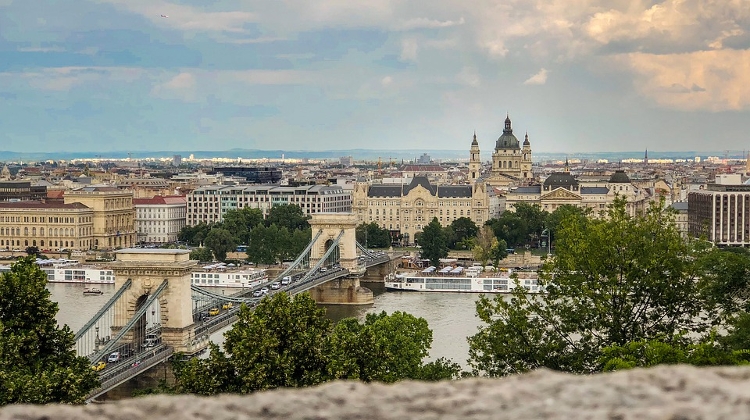
The greenest, most family-friendly areas with excellent international schools, are these last three, covering large swathes of pretty countryside.
While many of these expat residents will have cars, everywhere in Budapest is well served by public transport. Even if you choose to live in the furthest reaches of District XII, you will still be able to get into the city centre in a matter of minutes, after a reasonably short wait for the next bus or tram.
Parking may be an issue, especially in the inner districts of Pest, where spaces will be at a premium and meter rates considerable.
Note also that Budapest is very well signposted, each street clearly labelled, with the house numbers for each block also given. Street crime, certainly in the following recommended districts, is relatively minimal.
Each district is designated by its Roman numeral, echoed by its postcode – those in District V beginning with 105, those in District VI with 106, and so on – and usually by its Habsburg name, a hangover from when much of the city was developed in the later 1800s.
1. District V – Belváros-Lipótváros
This is the heart of the city, known for its beautiful architecture, Michelin-starred restaurants and cultural attractions. District V is divided into the city centre itself, the Belváros, and the more business-like Lipótváros adjoining it to the north.
Delineated by the Danube and the inner ring road or Kiskörút, District V is where you find Budapest’s main shops and hotels, clutch of high-end restaurants, and historic landmarks such as Parliament and St Stephen's Basilica.

St Stephen's Basilica
Given the central location, rents and property prices will be high. On the plus side, from the main metro hub at Deák Ferenc tér, you can get to almost anywhere in the city in a relatively short time.
The airport is also convenient from there, either taking the direct bus or a taxi that will be picking up the main artery of Üllői út in no time.
Good for: Transport, fashion shopping, amenities and attractions.
Good to know: Flats won’t be cheap and you’ll probably have to do your regular grocery shopping elsewhere.
2. District VI – Terézváros
Another popular and central choice for expats is District VI, elegant and brimming with cultural highlights. Bisected by the showcase boulevard of Andrássy út, the Champs-Elysées of Budapest, District VI is where you find the Opera House and the city’s main theatre district of Nagymező utca.

Opera House Budapest
As you get closer to the nightlife quarter of adjoining District VII, things can get a little noisy after dark, but if that’s what you’re after, this is for you.
Running just below the surface of Andrássy út is the oldest metro line in Continental Europe, that can take you to City Park in just a few minutes.
Good for: Culture, nightlife and transport.
Good to know: The pricier end of the market in terms of rent, and can get pretty rowdy after dark.
3. District XIII – Újlipótváros
If any district has changed dramatically in the last ten years, it’s Újlipi, as locals refer to it. Once something of a backwater, this district across the Nagykörút from LIpótváros began to attract young professionals in thrall to its architecture, with Art Deco masterpieces around Szent István Park.
The knock-on effect has been a plethora of new-wave cafés and artisanal boutiques, rubbing shoulders with old-school shops barely changed since the 1960s.
It’s also quite child-friendly, with the aforementioned Szent István Park and several communal playgrounds busy most mornings. Margaret Island is only a hop away.

Margaret Island Fountain
You’re never too far from the Danube nor Szent István körút, served by the tram 4/6 line, one of the world’s busiest routes. Further north, a network of red trolleybuses serves the outlying workaday streets, more in common with working-class Újpest and Angyalföld than the trendier end towards the Nagykörút.
Good for: Café life, kids and transport.
Good to know: Very des-res these days, with flats scarce and pricy once they come on the market.
4. District XI – Újbuda
Újbuda has been the place to site your café or gallery in Budapest since before the pandemic, particularly along Bartók Béla út, the main artery running from the landmark Gellért Hotel.
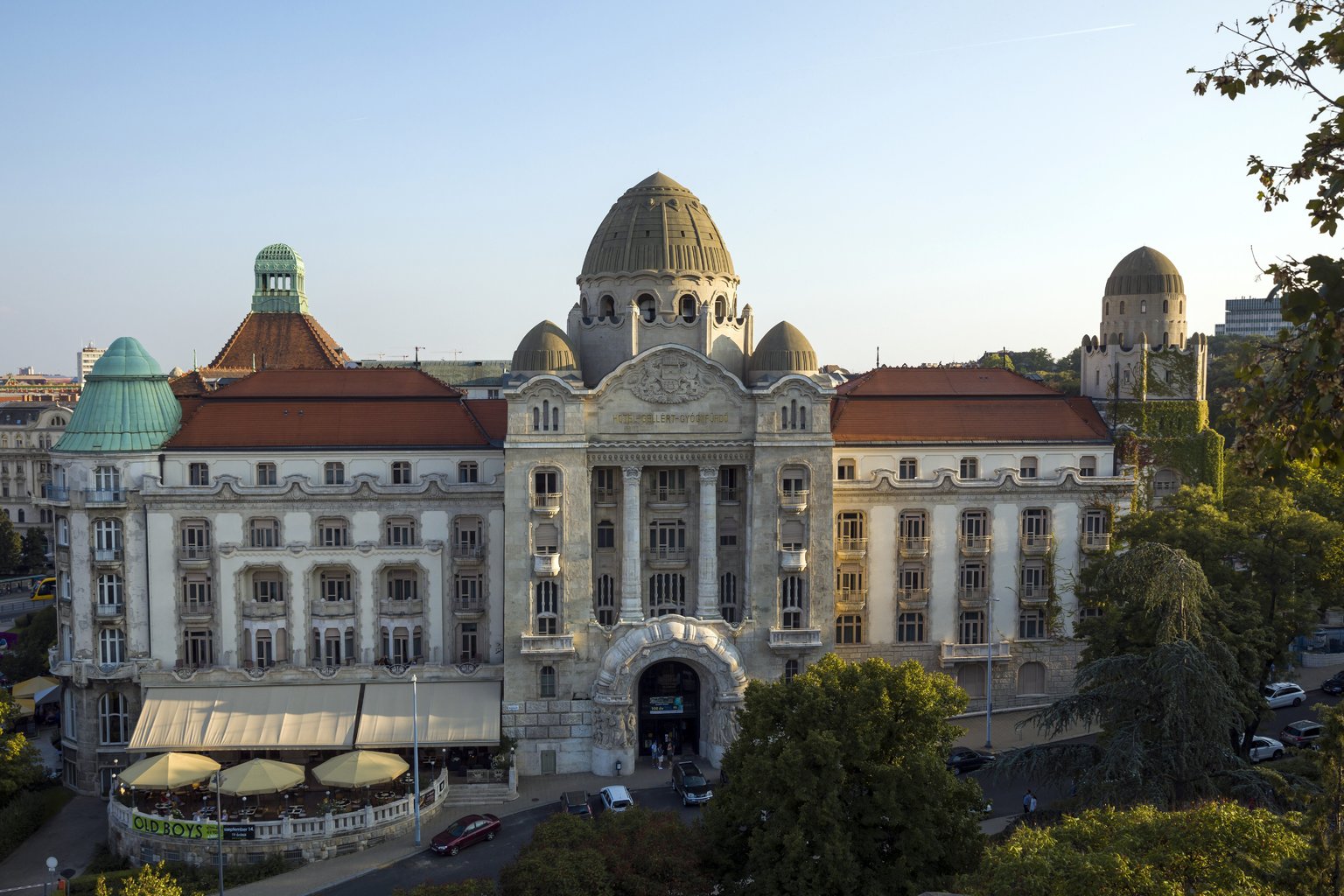
Gellért Hotel - MTI Photo: Balász Mohai
In a way, it’s hard to define District XI as it’s huge, covering a massive area of south Buda right up to the city limits. The eastern side, by the Danube, has seen huge investment in the last few years, particularly around Kopaszi-gát, a somewhat soulless recreation area around which gleaming offices now rise.
There’s plenty of green spaces too, around Gellért Hill and the pretty park around Feneketlen-tó, the Bottomless Lake. Major universities overlook the river, so flats will be at a premium every September.
Towards the outer edge, there’s also been a lot of investment around Kelenföld, with yet another mall opening there in recent years, and office complexes around the southern terminal of the contemporary green M4 metro line.
Good for: Galleries, cafés, families and transport.
Good to know: Flats will be scarce around the start of the university term. The outer areas are fairly bland, with only scattered amenities.
5. District II – Rózsadomb
District II extends from the lower slopes of the Castle Hill all the way out to the villa-dotted green hills of outer Buda. Synonymous with wealth – London’s Hampstead would be an easy but inexact analogy – ‘Rose Hill’ is named after the flowers the Ottomans brought with them when they populated this part of Buda during the 1500s and 1600s.
Blessed with many of the city’s best international schools, District II attracts well-to-do expats with the wherewithal to pay for luxurious properties.
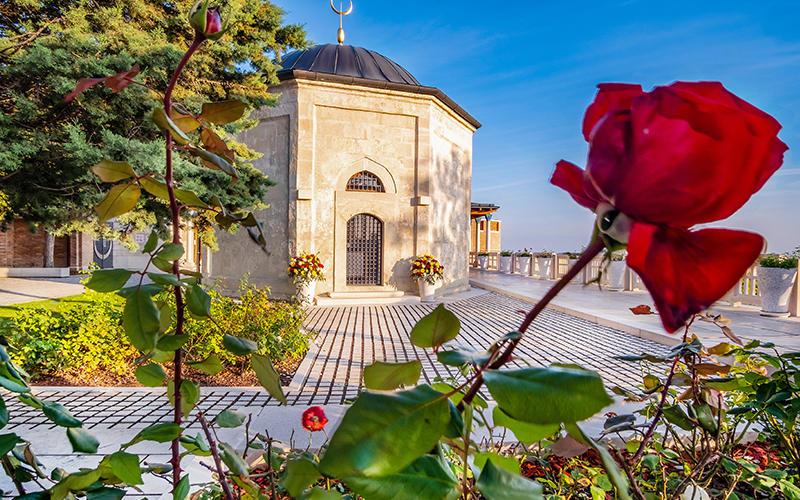
Gül Baba Türbe - Photo: Gül Baba Foundation
Not only will you be more likely to be living in a house here, it will probably come with a garden and, a constant wherever you go, a prime view from the upper windows or bus journey home.
Nearer to the Danube, Margit körút has benefitted from a municipal initiative to repopulate its once vacant shops with buzzy galleries, boutiques and cafés, a process that is still ongoing.
Nearby, the main transport hub of Széll Kálmán tér allows you to arrive by metro from Pest and head off to the Buda hills by frequent bus. The city’s main mall is found here, Mammut, alongside its most popular organic produce market at Fény utca.
Good for: Schools, walks, panoramic views and outstanding properties.
Good to know: Had Monopoly developed in Hungary in the 1950s, Rózsadomb would be a dark-blue square, a place for the elite.
6. District I – Castle District
While thought of as the compact historic quarter of cobbled streets at the top of Castle Hill, District I also includes the area on its lower slopes, most notably Tabán.
Castle Hill is of its own. Flats are generally rented from the district council, which offers leases for certain periods of time. What you get in return is peace and quiet – once the tourists have finished gawping at Matthias Church or Fishermen’s Bastion, they rarely spend the evening here, unless it’s at a restaurant with a panoramic view over the Danube.

Fishermen’s Bastion
For those who like their evening jog, there’s no better place for it in Budapest than District I. Note that there’s a restriction on cars unless you’re a resident.
The foot of Castle Hill is swathed in green space, partly thanks to the fact that the once bustling Tabán quarter had its taverns and workshops razed to the ground between the wars.
Good for: Tranquillity, panoramic views and historic sights.
Good to know: Very few properties here are sold outright but rather leased from the district council.
7. District XII – Hegyvidék
This forms the buffer between Districts II and XI, and shares many of their characteristics. Large, desirable properties are sold or rented for high prices, and top international schools are another feature.
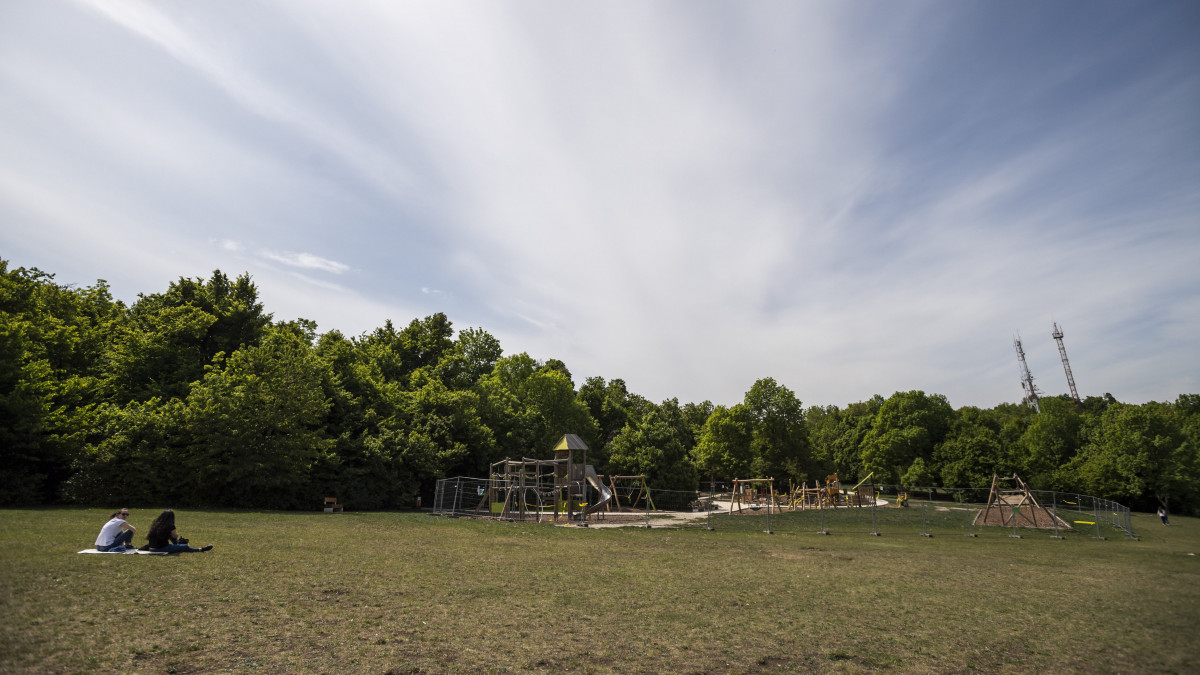
Normafa - MTI Photo: Márton Mónus
Many flock to District XII for its recreational attractions, such as the Chairlift, the Children’s Railway and the slopes of Normafa. Panoramic views seem to stretch out everywhere you turn, and in certain spots, dogs might well outnumber human residents.
Good for: Outdoor recreation, panoramic views and families.
Good to know: Not as well connected by public transport as other areas of Buda.
8. District III – Óbuda
Once overlooked and neglected, the formerly separate community of Óbuda has seen an influx of new residents, partly thanks to the many companies setting up around Kolosy tér and beyond, partly thanks to the many riverside venues setting up along what is known as Római-part or the Roman embankment.

Római Part
Centurions did live here 2,000 years ago, the remains of Roman life on display at the Aquincum Museum. Until 1873, Óbuda was a sleepy community of winegrowers and fishermen, and hardly changed character after it was glommed onto Buda and Pest to form the modern capital 150 years ago.
Parts of it still feel historic, most notably the cobbled main square and streets nearby, where you’ll find plenty of museums, galleries and open-air concerts.
Its many attractions – such as the frequent HÉV suburban rail line that whisks you to the Buda hub of Batthyány tér in minutes – have not been lost on the many property developers operating here. By contrast, every summer, festivalgoers beat a path to the HÉV stop of Filatorigát and the Sziget music bash that takes place on Óbudai-sziget (‘Óbuda Island’), as lost-in-the-woods as it gets in Budapest.
Good for: Culture, sport and office rental.
Good to know: Not all of Óbuda is quaint houses – there are plenty of communal blocks here, particularly towards Békásmegyer, the boundary of validity for city transport tickets.
9. District IX – Ferencváros
One district that many football fans will have heard of, Ferencváros differs greatly from the quieter streets patrolled by young couples with prams behind the Corvin mall, and the grittier ones deeper into the Ninth. Gentrification only goes so far.
It’s an attractive place to be, all the same, rental and property prices lower, with no few cultural attractions such as the millennial arts complex by the river, and the Trafó centre. New-wave cafés abound, with far more bars and eateries than would have been here even ten years ago.

Bálna - MTI Photo: Zsolt Szigetváry
Superb for public transport, District IX is served by trams 4/6 along the Nagykörút, tram 2 along the Danube, the recently renovated southern section of the blue M3 metro line, and Üllői út, the main road towards the airport.
Good for: Shopping, culture, bars and the scenic riverside tram 2 line.
Good to know: Pockets of District IX are still little changed from the 1970s, however many new apartment blocks have been built of late.
10. District VII – Erzsébetváros
For the younger expat in search of everything they’ve heard about Budapest – the ruin bars, the funky murals, the cosmopolitan mix of international travellers – District VII is always a first port-of-call, either to party or to find a flat.
For a different kind of expat, perhaps one who might want to get some sleep, District VII seems to be one big booze-up, at least the area inside the körút, ie on the downtown side of Erzsébet körút. Outside the körút, it’s quite grey and prosaic, not unlike adjoining District VIII, a messy tableau of Pest street life.
Gozsdu Udvar - MTI Photo
Bars abound, of course, Hungarians heavily outnumbered by foreigners, particularly around Gozsdu udvar. District VII stretches up to the edge of City Park, so hop on a red trolleybus and you can be in greenery in no time.
Good for: Nightlife, history, affordability.
Good to know:Local residents have been arguing with bar owners for years about controlling the noise here, and other drinking-related nuisances.
Words by Peterjon Cresswell for Xpatloop.com
Peterjon has been researching the byways of Budapest for 30 years, extending his expertise across Europe to produce guidebooks for Time Out and his own website liberoguide.com



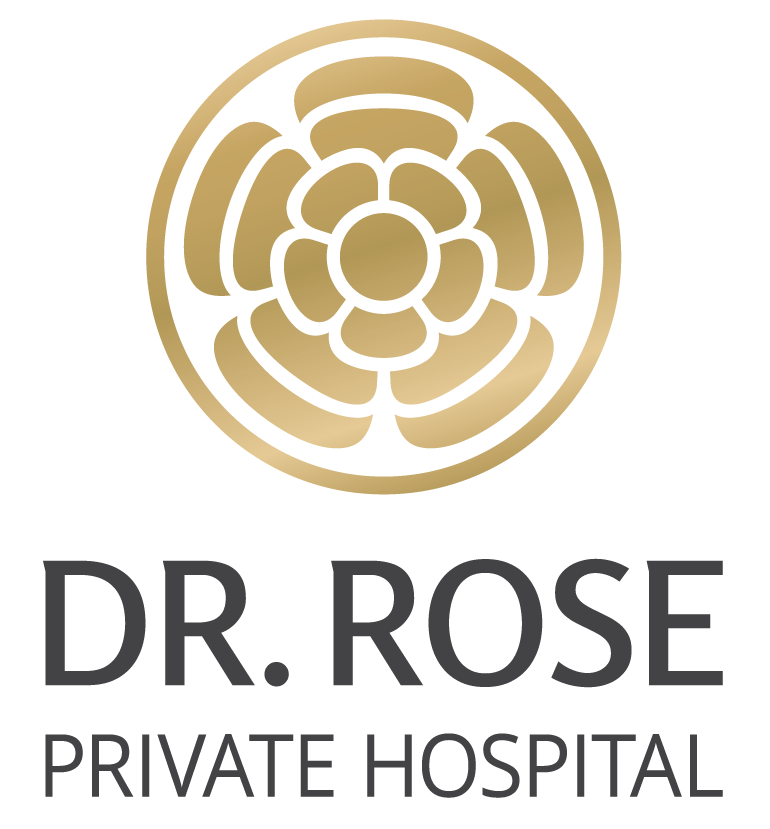




















LATEST NEWS IN community & culture